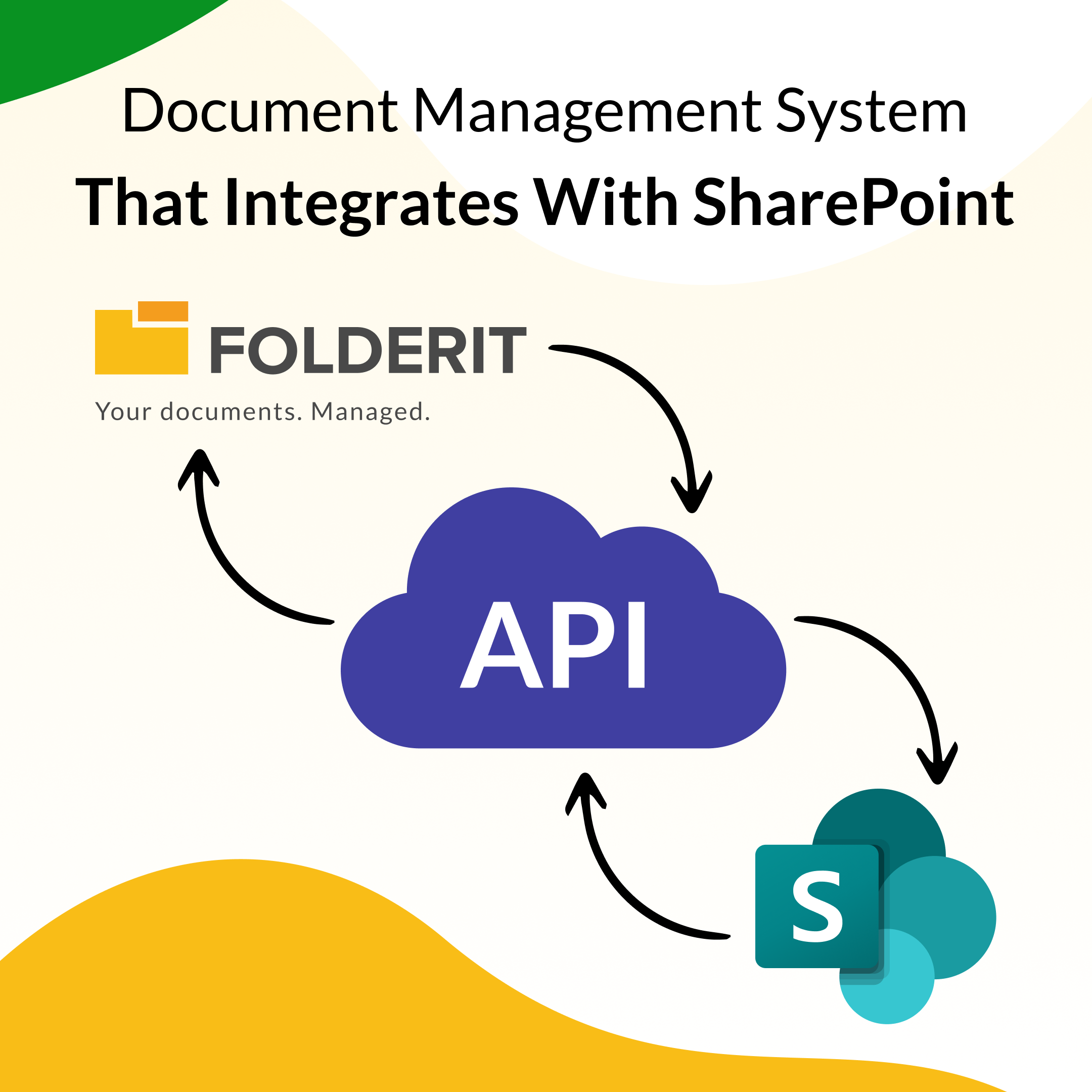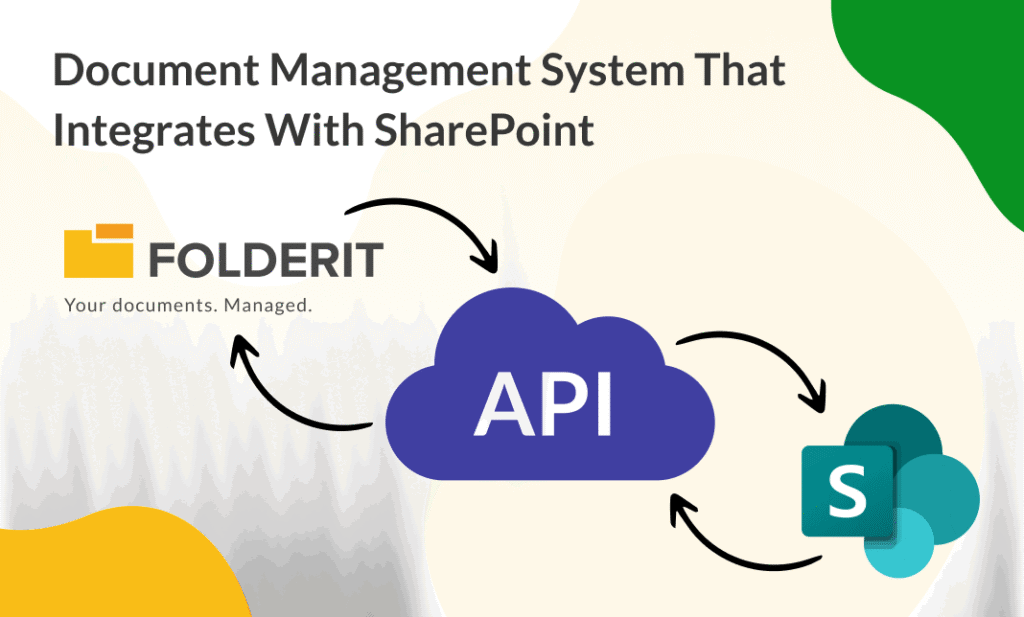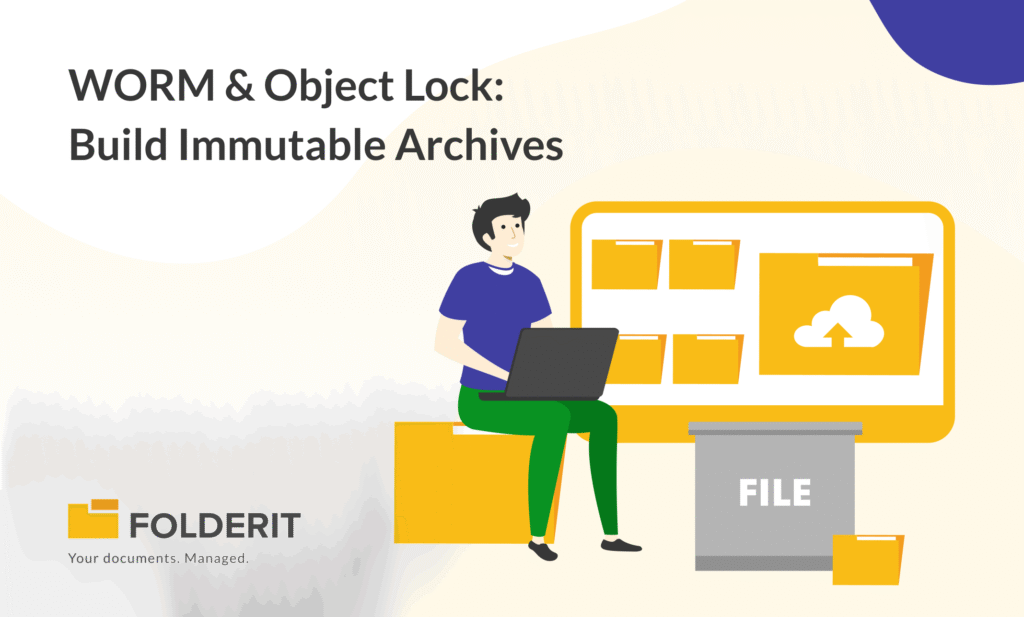A document management system that integrates with SharePoint can bridge the gap between Microsoft’s collaboration tools and the advanced document control, compliance, and search capabilities that many organizations need. Businesses often look for this setup when they want to keep SharePoint as part of their workflow but require more flexibility, automation, or user-friendliness than SharePoint alone can provide.
While integration is possible, it’s also worth asking whether you need to keep SharePoint at all. In many cases, a modern document management system can replace it entirely, streamlining operations and cutting costs. Let’s look at how integration works, when it’s the right choice, and why some organizations are better off switching to a purpose-built platform.
How to Connect Your Document Management System With SharePoint
There are two main ways to connect a document management system that integrates with SharePoint:
- API Integration – This is the most flexible approach. Folderit, for example, provides a REST API that can connect directly to SharePoint. You can set up workflows so that a document approved in your DMS is automatically pushed into a designated SharePoint library, or vice versa. This keeps systems in sync without manual effort.
- Make.com (formerly Integromat) – If you prefer a no-code option, Make.com lets you visually build automations between SharePoint and your document management system. You might set up a process where every new file in a SharePoint folder automatically appears in your DMS, tagged and ready for review.
Both methods reduce repetitive tasks, lower the risk of errors, and keep files in the right place without constant human intervention.
Do You Really Need SharePoint Integration in Your Document Management System?
Choosing a document management system that integrates with SharePoint makes sense if SharePoint is deeply embedded in your processes, perhaps due to IT policy or specific custom workflows. But many organizations keep SharePoint simply because it’s included in Microsoft 365 — not because it’s the best fit.
A modern DMS can handle:
- Granular permissions down to file and folder level.
- Automated approval and e-sign workflows.
- Advanced metadata tagging and search, including OCR in scanned PDFs.
- Role-based access views for different teams.
These features are built in, rather than added through extra plugins or configurations. That means less maintenance, fewer licensing costs, and a simpler experience for users.
Security in Both Integration and Replacement
If you use a document management system that integrates with SharePoint, security should remain a top priority. You’ll want encryption for data at rest and in transit, compliance with GDPR or HIPAA where needed, and audit logs for every file action.
Folderit, for example, adds:
- Bank-level 256-bit encryption.
- SSL/TLS connections for all file transfers.
- IP-based access restrictions.
- Two-factor authentication.
- Automatic retention policies for compliance with record-keeping laws.
These protections ensure your documents are safe whether they’re stored in SharePoint, in your DMS, or in both.

Practical Examples of Using a Document Management System With SharePoint Integration
- A law firm uses API integration to push signed contracts from its DMS into SharePoint for internal access.
- A healthcare network relies on Make.com automation to sync updated policies from the DMS into SharePoint, ensuring compliance across all clinics.
- An engineering company migrates entirely away from SharePoint, finding the built-in features of the DMS meet all their needs without added complexity.
When a SharePoint-Connected Document Management System Makes Sense — And When It Doesn’t
A document management system that integrates with SharePoint is ideal when:
- You have custom apps or workflows tied to SharePoint.
- Microsoft 365 is mandated by IT policy.
- Staff are already trained on SharePoint, and retraining would be costly.
In these cases, integration allows you to extend SharePoint’s capabilities without abandoning it, combining its collaboration tools with the DMS’s stronger compliance and control features.
When to Consider Replacing SharePoint
You might skip integration altogether if:
- You pay for unused SharePoint features.
- Staff find it slow or confusing to navigate.
- You want built-in workflows, metadata, and retention without add-ons.
- Your security requirements go beyond your current SharePoint setup.
In these situations, a standalone document management system often provides a cleaner, more cost-effective solution.
Making the Decision
The first step is to map your actual needs. How often do documents truly need to stay in SharePoint? Are there compliance requirements tied to it? Would your teams be more productive in a platform that handles everything without needing an extra integration?
Whether you choose to integrate or switch entirely, the goal is the same: secure, efficient, and user-friendly document management. And if integration is the answer, knowing that you can connect your document management system that integrates with SharePoint through APIs or no-code tools ensures you have the flexibility to adapt as your needs evolve.





